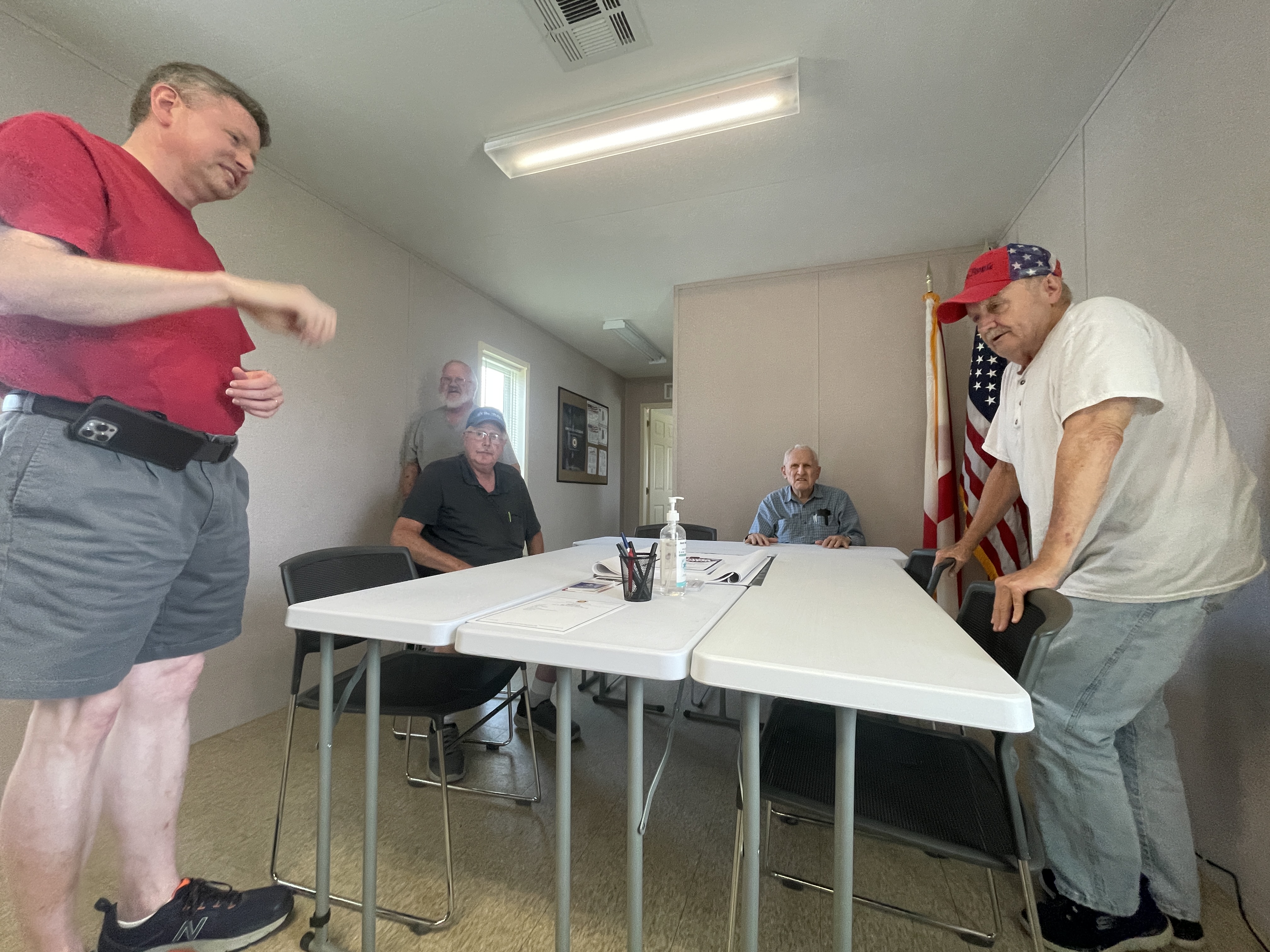Antibacterial soaps must prove safety to stay on shelves
Published 5:29 pm Monday, December 16, 2013
Antibacterial washes would have one year to prove they’re safe to remain in U.S. stores, part of a proposal by regulators to address 40 years of debate on overuse of germ-killing chemicals.
Antibacterial soap has gained “widespread consumer use” despite a lack of data showing added health benefits, the FDA said Monday. The common active ingredient, triclosan or triclocarban, also may be linked to hormone imbalances and antibiotic resistance, the FDA said.
New safety standards would affect as many as 2,000 products including Henkel AG’s Dial, though they won’t apply to hand sanitizers such as Purell. The FDA also stopped short of addressing mouthwash, cosmetics and cleaners that also have the chemicals. Some companies such as Johnson & Johnson, Procter & Gamble Co. and Lysol-maker Reckitt Benckiser Group Plc have already started phasing out triclosan.
“Due to consumers’ extensive exposure to the ingredients in antibacterial soaps, we believe there should be a clearly demonstrated benefit from using antibacterial soap to balance any potential risk,” Janet Woodcock, director of the FDA’s Center for Drug Evaluation and Research, said in a statement.
Chemicals like triclosan were never intended for mass consumer use. The product was first introduced as a surgical scrub, before slowly becoming prevalent as an ingredient in everyday household products, from soap to toothpaste to germ- resistant sponges.
The FDA is giving companies and consumer groups six months to comment on the proposal with an additional 60-day rebuttal period, and expects the standards to take effect one year after the rule is made final.
J&J has said none of its baby-care products contain triclosan, and the company plans to eliminate the ingredient from adult items by 2015. P&G has said it will remove the substance by next year. Reckitt said in October it plans to remove the ingredient from all U.S. products by the end of 2014.
The FDA first floated a plan in the 1970s to limit the use of triclosan and acted today largely because of a lawsuit by the Natural Resources Defense Council. The New York-based environmental advocacy group prodded the FDA to act specifically on triclosan, though after review, the agency proposed evaluating a wider array of chemicals.
“FDA continues to recognize that there are a lot of gaps about the safety and effectiveness of triclosan,” said Mae Wu, a lawyer with the health and environment division at the NRDC.
The court-ordered deadline for the final rule is 2016. If companies haven’t provided data to support germ-killing claims by then, they will either have to remove the antibacterial ingredients or eliminate the claims from the products’ labeling.
The proposal is positive for consumers if companies reformulate the soaps to remove the chemicals in question, Wu said. If they choose only to relabel the product as a regular soap, allowing them to keep triclosan in the hand washes, consumers won’t be protected, she said.
The rule proposal dovetails with efforts to fight the rise of so-called superbugs and other types of antibiotic-resistant bacteria that the Centers for Disease Control and Prevention says are among the most serious threats to human health. The FDA last week set a schedule to phase out use of antibiotics to fatten cattle, hogs and chickens for human consumption following foodborne outbreaks of treatment-resistant pathogens.
Overuse of antibiotics, often the last line of defense against life-threatening germs spread commonly in hospitals, has complicated treatment for what were once easily cured diseases. More than 2 million people are sickened every year in the U.S. with antibiotic-resistant infections and at least 23,000 die, according to a CDC report in September.
Environmental groups have sought a formal ban on triclosan, highlighting the fact that the FDA had never determined it to be “generally recognized as safe and effective,” a regulatory designation needed to sell many FDA-regulated products freely.
The FDA had made preliminary decisions in 1978 and 1994 that would have led to limits on triclosan use, though neither designation was made final. The NRDC sued in 2010 and won a consent decree last month that set deadlines for the FDA to make a decision about triclosan’s safety.
About 2,000 soap products contain ingredients the FDA is concerned about and 93 percent of those use triclosan, regulators said on a conference call today. Hand sanitizers aren’t affected by the proposal because they mostly contain ethyl alcohol, which the FDA recognizes as generally safe and effective.
The Environmental Protection Agency also is reviewing triclosan, which the EPA regulates as a pesticide to slow or stop the growth of bacteria, fungi and mildew.





